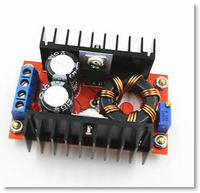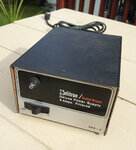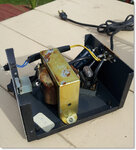Klondike Mike
Newbie level 4
Can anyone suggest a replacement transistor? This 13.8v power supply (RadioShack) blew up on me many years ago and I have been dragging it around knowing someday I would repair it. Well, this weekend I finally got around to popping the cover on it. Blown fuse, replaced. Checked main electrolytic capacitor, suprized that it checked OK. Looks like the power transistor is shorted though. Can't seem to find ANY data on a DVE 312 or a cross reference. This power supply seems to have been common with many other brand names. Any suggestions on a replacement for the DVE 312?
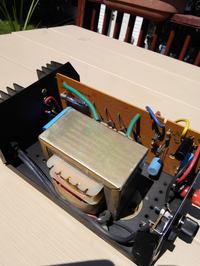
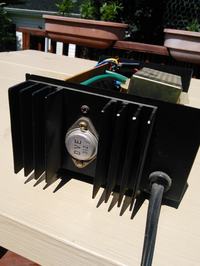
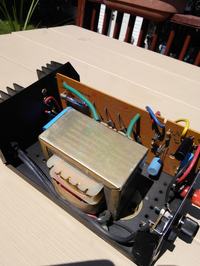



Last edited by a moderator:
